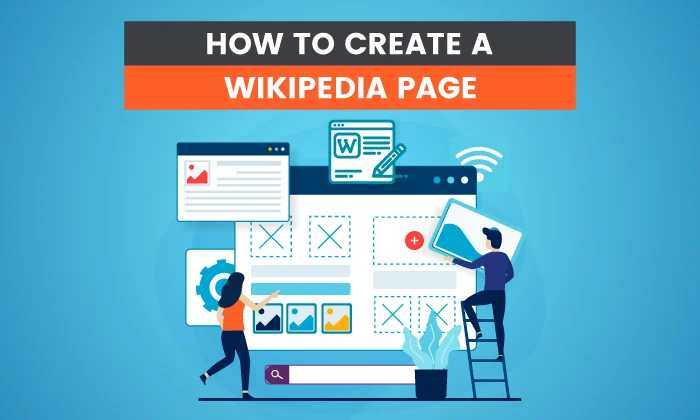How to Choose the Right Customer Data Platform for Your Business

In today’s data-driven landscape, businesses thrive on understanding their customers. A Customer Data Platform (CDP) brings all customer data—from marketing campaigns, website interactions, social media, and purchases—into a single, unified view. This enables companies to deliver personalized experiences, track customer behavior, and make smarter marketing decisions. But with so many CDPs on the market, choosing the right one can feel overwhelming. The key lies in matching your company’s goals, resources, and data needs with the right platform capabilities.
Start with Your Business Goals
Before diving into features or price comparisons, clarify what you want a CDP to achieve. Are you looking to unify fragmented customer data across multiple systems? Do you want to improve personalization, marketing automation, or analytics? A retail brand might prioritize real-time segmentation, while a B2B company might focus on account-level insights. Having a clear set of goals will help narrow your options and prevent you from paying for tools or features you don’t actually need.
Evaluate Data Integration Capabilities
A CDP is only as powerful as its ability to connect with your existing tech stack. Look for a platform that integrates easily with your CRM, marketing automation tools, analytics software, and eCommerce systems. Compatibility with APIs and data connectors is crucial for smooth operations. If your data sources include offline systems or legacy tools, ensure the CDP supports those integrations as well. Poor integration can lead to data silos—the very problem CDPs are designed to solve.
Assess Data Quality and Governance Tools
High-quality data fuels effective marketing decisions. The best CDPs offer features for data cleansing, deduplication, and identity resolution, ensuring your customer records remain accurate and up to date. Data governance is another critical factor, particularly for industries with strict compliance requirements like healthcare or finance. Check whether the CDP supports role-based access controls, audit trails, and compliance frameworks such as GDPR or CCPA.
Consider Scalability and Performance
Your data needs today may look very different in a year or two. As your business grows, the amount of data—and complexity—will increase. Choose a CDP that scales easily with your organization, accommodating more users, data sources, and integrations without performance issues. Cloud-based CDPs often provide more flexibility and scalability than on-premises options. Performance also matters: if your teams rely on real-time segmentation or instant campaign updates, you’ll want a system built for speed.
Look at Usability and Support
Even the most feature-rich CDP can fall flat if it’s hard to use. A well-designed interface and intuitive workflows make it easier for marketing teams to adopt the platform without heavy IT involvement. Review the level of customer support offered—some vendors provide dedicated onboarding and account managers, while others rely on community forums. Reading reviews or requesting demos can help you assess whether the platform’s user experience fits your team’s comfort level and technical expertise.
Evaluate Analytics and Activation Features
Beyond unifying data, a great CDP helps you activate it—turning insights into action. Look for built-in analytics, audience segmentation tools, and integrations with ad platforms or email service providers. Some CDPs also include AI-driven recommendations, predictive analytics, or journey orchestration capabilities. If your team already uses external analytics tools, ensure they can easily connect with the CDP to avoid duplication of effort.
Compare Pricing and ROI
CDPs come in a range of pricing models, from flat monthly fees to usage-based or tiered pricing. Understand how each vendor structures costs and what’s included—data storage, API calls, user seats, or add-on integrations. While it’s tempting to choose the cheapest option, focus instead on long-term value. The right CDP should save your team time, improve targeting, and enhance customer experiences enough to justify its investment.
Building a Data-Driven Foundation
Choosing the right Customer Data Platform isn’t just a tech decision—it’s a strategic one. The ideal CDP should align with your goals, support your infrastructure, and scale as your business evolves. By taking the time to assess integration needs, usability, data governance, and overall ROI, you’ll be better equipped to select a solution that turns fragmented data into meaningful, actionable insights. A well-chosen CDP doesn’t just organize information—it empowers your business to deliver smarter, more personalized customer experiences that drive growth.






